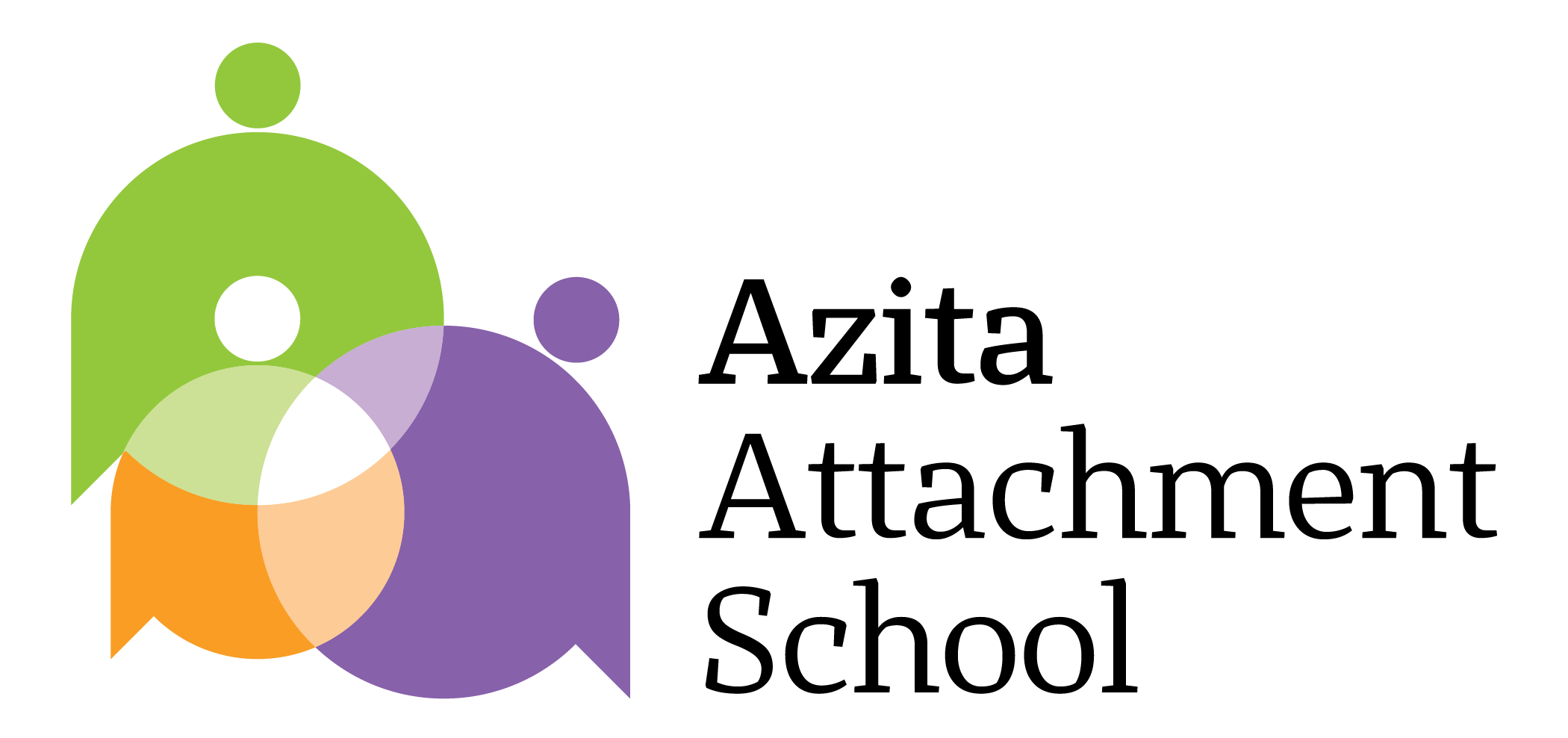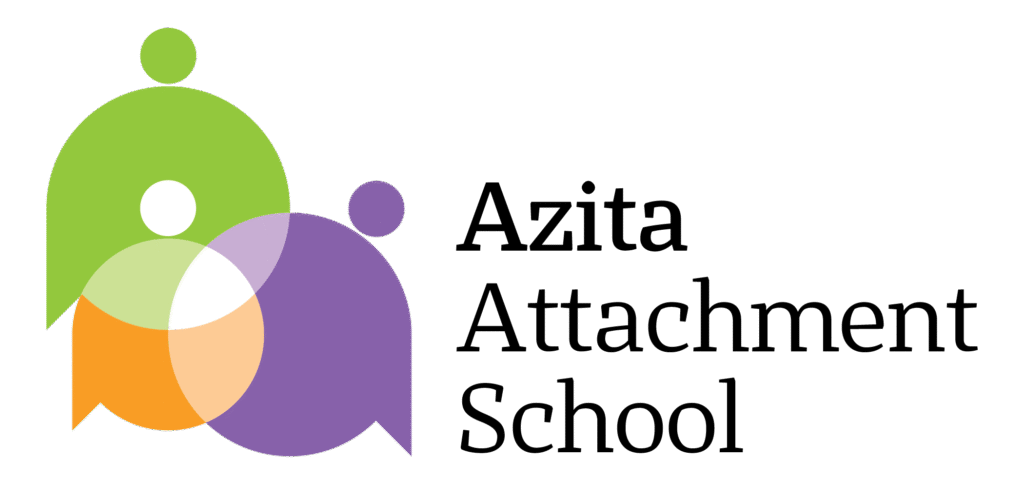This article introduces the four main attachment styles in children and parents and explores how early recognition of these emotional patterns can enhance parenting, caregiving, and educational relationships.
Introduction
A child who rests calmly in their parent’s arms, or one who avoids eye contact altogether—these behaviors aren’t random. They reflect deeper emotional patterns known as “attachment styles.” Recognizing these styles is the first step toward conscious parenting and creating emotionally safe relationships.
Section 1: The Four Attachment Styles – A Relational Map
Building on Mary Ainsworth’s foundational research, four major attachment styles in childhood have been identified. These patterns often persist into adulthood and shape our relationships throughout life.
- Secure Attachment
The child maintains a warm, predictable connection with their caregiver. They show mild distress during separation and are easily soothed upon reunion. This style fosters strong self-esteem, emotional regulation, and trust in others. - Avoidant (Insecure) Attachment
The child may seem independent and emotionally distant. Underneath this exterior lies a history of unmet emotional needs, often leading them to suppress or minimize their feelings. - Ambivalent (Resistant) Attachment
The child clings to the caregiver while expressing anger or resistance. This usually results from inconsistent caregiving, where the child never knows what kind of emotional response to expect. - Disorganized Attachment
Children display contradictory and unpredictable behaviors—approaching the caregiver while also showing fear. This style is often associated with unresolved trauma or frightening caregiving.
Section 2: Parental Attachment Styles – Conscious or Unconscious Transmission?
Parents also have their own attachment styles, formed in their early years. Without reflection and healing, these patterns are often unconsciously passed down to the next generation.
- Secure parents provide emotional regulation and consistent presence.
- Avoidant parents may appear cold or overly independent.
- Ambivalent parents tend to be emotionally unpredictable or overly anxious.
- Disorganized parents often have unresolved trauma that may disrupt their caregiving capacity.
Section 3: Why Early Recognition Matters
- In Early Childhood Education:
Educators who understand attachment can respond more effectively to emotional cues and build trust with young children. - In Families:
Knowing both your child’s and your own attachment style allows for more empathetic, intentional interactions. - In Child Therapy:
Many behavioral and emotional challenges stem from unresolved attachment issues.
Conclusion
Understanding attachment styles invites us to move from judgment to connection. This insight empowers parents, teachers, and caregivers to build emotionally safe, trusting relationships—one step closer to raising a resilient generation.
Suggested Reading: “What Is Attachment Theory and Why It Still Matters”


